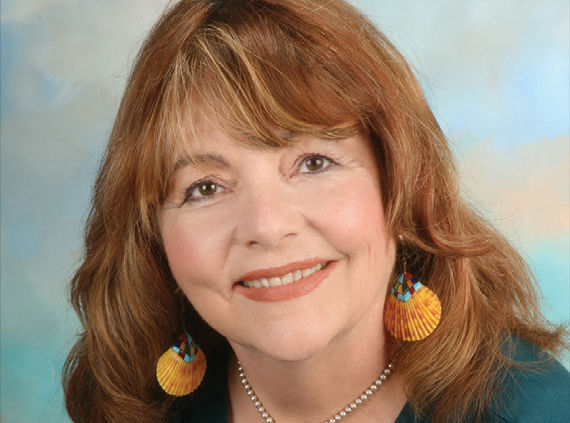Some information may be outdated.
What if every time someone paid a sales tax, we left part of it on the counter? Or what if a server left part of the tip on the table after a customer left the restaurant?
Or imagine a hunter in the backcountry of the La Sal Mountains who killed an elk but only packed out some of the animal. That would feel irresponsible, right?
Unfortunately, that’s exactly what’s been happening when oil and gas companies are developing your taxpayer-owned energy resources on public lands. Thankfully, the U.S. Bureau of Land Management adopted new rules, which take effect this January, to cut natural gas waste on our public lands.
All too often, operators will flare and vent natural gas right into the air or simply lose it through leaky, outdated equipment and infrastructure. When that wasted natural gas comes from our federal lands or state trust lands, that is your tax revenue that is literally going up in smoke.
That is why it was so disheartening to see that Wesco Operating, Inc. asked the state’s permission to flare at Dead Horse Point State Park, reversing a commitment that Fidelity, the previous leaseholder, had made to the Moab community. I hope Wesco rethinks its proposal to flare so close to one of Moab’s iconic landmarks.
Natural gas waste is an expensive problem for all of Utah. In fact, companies waste $28 million in natural gas each year on federal and tribal public lands in Utah alone, which is enough methane to meet the heating needs of 115,000 homes.
Since no royalties are collected on wasted natural gas, we have lost millions in tax revenue each year. In fact, Utah lost over $31 million in royalty revenue between 2009 and 2014. Those are dollars that would have gone directly to counties in eastern Utah to fund infrastructure such as roads and bridges, conservation projects and mitigation efforts.
Not only does it mean wasted natural gas and lost revenue, but flaring also harms our tourism industry and local economy.
Just this summer, the International Dark-Sky Association recognized Dead Horse Point State Park as a Dark Sky Park. Thousands of tourists from across the nation come to the Moab area to enjoy the night skies in our parks. Oil well flaring of methane near one of our most iconic local landmarks directly impacts our image as a tourist destination.
And when oil and gas operators release methane – the primary component of natural gas – into the air, they also release dangerous toxins such as benzene and ozone-forming pollutants that can trigger asthma attacks and worsen emphysema.
Some rural communities in Utah have ozone problems that the industry openly acknowledges are directly related to oil and gas development. In fact, on some days, the Uintah Basin’s ozone pollution has rivaled that of major metropolitan cities.
We are already seeing air quality problems negatively affecting tourism on the Wasatch Front, and we should act now to ensure that does not become the case in eastern Utah.
Plus, many counties are looking to diversify their local economies by attracting new businesses in manufacturing and technology. Recently, aerospace companies toured several Uintah Basin counties.
What makes eastern Utah attractive to businesses and entrepreneurs is unmatched recreation opportunities and a high quality of life. However, regional ozone problems and flaring cut into that brand and make us less competitive.
The BLM’s groundbreaking natural gas waste rules are a critical step forward. Unfortunately, these rules do not apply to projects that operate on nearby state trust lands or private lands.
Thankfully, Utah’s Division of Air Quality is set to build upon this progress and strengthen the state’s oil and gas air quality rules, which would both cut ozone pollution and continue to address natural gas waste. That is good news for our air, local economies throughout eastern Utah, and for taxpayers.
Mary McGann is a member of the Grand County Council, but the views expressed are hers and do not necessarily reflect the council’s formal position.
Appreciate the coverage? Help keep local news alive.
Chip in to support the Moab Sun News.



